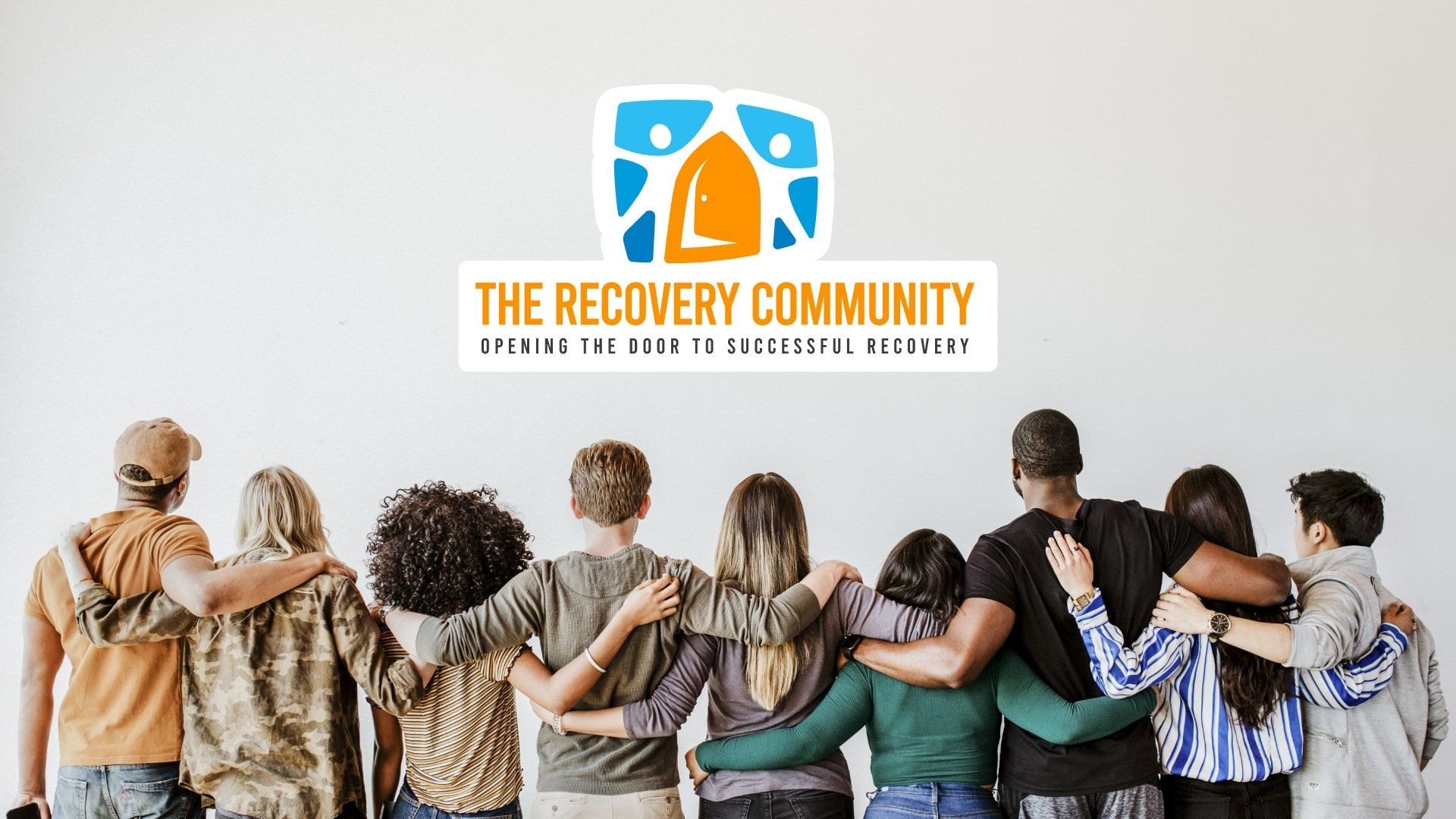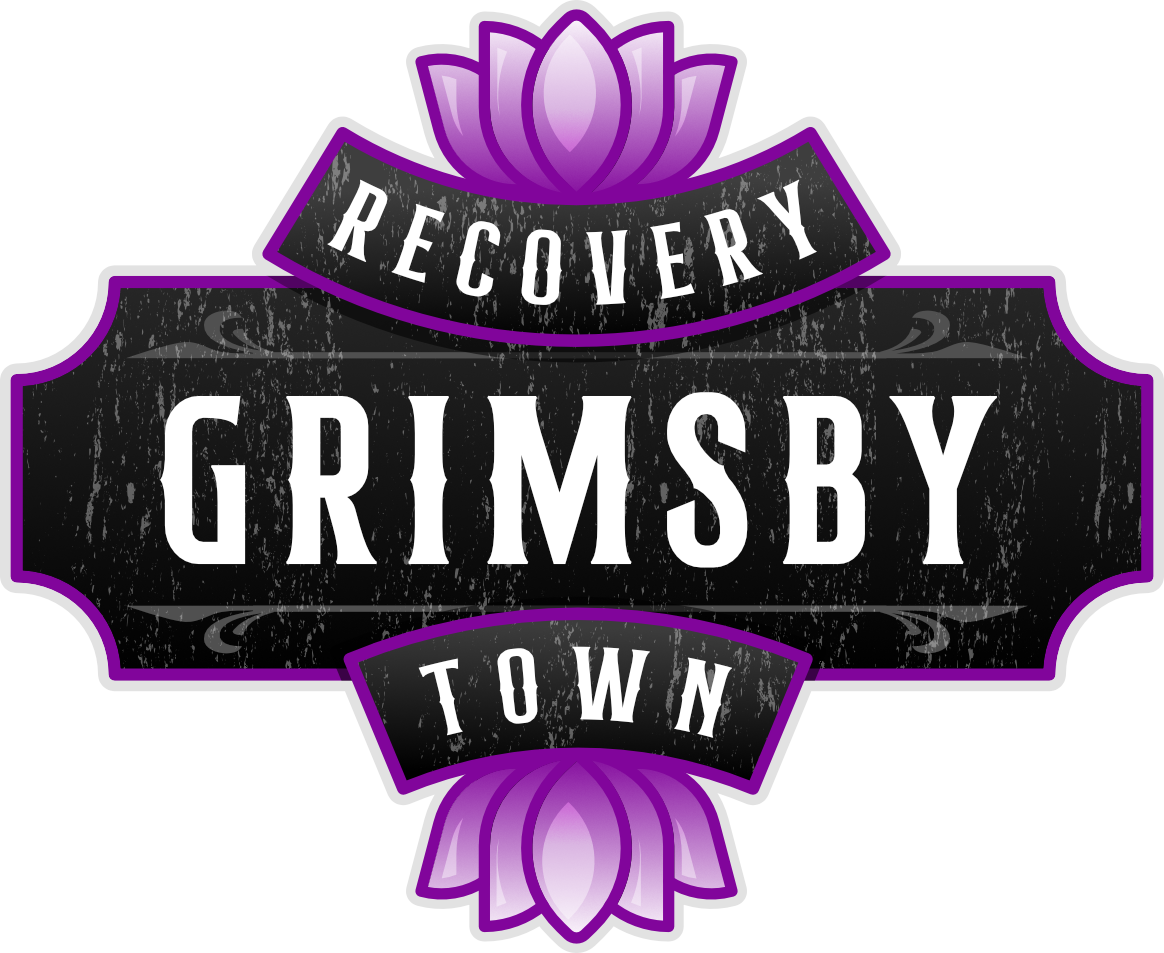Creating art relieves stress, encourages creative thinking, increases brain plasticity, and imparts other mental health benefits. And anyone can do art.
Creating art relieves stress, encourages creative thinking, increases brain plasticity, and imparts other mental health benefits. And anyone can do art.
There are a lot of misconceptions floating around about art.
Some think you have to be creating paintings or sculptures to be considered a real artist.
Others believe that you are either born with talent — or not.
Many who don’t consider themselves to be artistic feel that there is no point in creating art since they won’t be satisfied with the results.
Another myth is that you have to work with an art therapist to get any therapeutic benefit from doing art.
But we are all born with an innate desire to express ourselves and art encompasses a wider range of activities than you might imagine.
Here are some of the best ways in which creative expression can benefit mental health — making you a happier, healthier person.
How Creating Art Relieves Stress
Activities like painting, sculpting, drawing, and photography are relaxing and rewarding hobbies that can lower your stress level and leave you feeling mentally clear and calm.
Creating art provides a distraction, giving your brain a break from your usual thoughts.
The average person has roughtly 60,000 thoughts per day and 90% of them are exactly the same day in, day out! (1)
When you get totally immersed in a creative endeavor, you may find yourself in what’s known as “the zone” or a state of “flow.”
This meditative-like state focuses your mind and temporarily pushes aside all your worries.
Leonardo da Vinci proclaimed that “Painting embraces all the ten functions of the eye; that is to say, darkness, light, body and color, shape and location, distance and closeness, motion and rest.”
Creating art trains you to concentrate on details and pay more attention to your environment.
In this way, it acts like meditation.
A popular art trend for stress relief is adult coloring books.
This idea was first popularized in France, a country that’s number one in per capita consumption of antidepressants, tranquilizers, and sleeping pills. (2)
Some coloring books are created with stress relief in mind and have become an acceptable adult form of artistic expression.
Many art therapists are supportive of the movement and would like to see coloring become a gateway to reach those who could benefit from art therapy. (3)
So far, this has worked to gently transition veterans suffering from post-traumatic stress disorder (PTSD) into art therapy. (4)
Art Encourages Creative Thinking
Dr. Lawrence Katz is an internationally recognized pioneer in neuron regeneration research and author of Keep Your Brain Alive: 83 Neurobic Exercises to Help Prevent Memory Loss and Increase Mental Fitness.
He found that mental decline was due mainly to the loss of communication between brain cells, not from the death of brain cells themselves. (5)
Dr. Katz coined the phrase “neurobics” to describe brain exercises that use your senses in new and novel ways, and creating art certainly fits this definition.
Art enhances problem-solving skills. (6)
Unlike math, there is no one correct answer in art.
Art encourages creative thinking and lets you come up with your own unique solutions.
Out-of-the-box thinking also stimulates your brain to grow new neurons.
Related on Be Brain Fit —
How To Be More Creative: 10 Proven Techniques
Contrary to popular belief, creative thinking does not mean using the right side of your brain.
Creativity involves getting both hemispheres of your brain to communicate with each other. (7)
The concept of left-brain, right-brain dominance never had a strong foundation in science in the first place, and now this theory has been totally debunked.
It also promotes the stereotype that you can’t be both analytical and creative, which is obviously not true.
Some of the greatest minds of all time, including Leonardo da Vinci and Albert Einstein, were simultaneously analytical and creative.
The most complicated functions that humans perform, such as thinking creatively, learning a language, or playing or listening to music, all require whole-brain thinking. (8, 9)
Art Boosts Self-Esteem, Provides a Sense of Accomplishment
You may stick your kids’ artwork on the refrigerator door to boost their self-esteem.
Hanging your latest work of art on the wall can instill the same feeling in you.
Creating art increases the feel-good neurotransmitter dopamine.
Dopamine has been called the “motivation molecule.”
It boosts drive, focus, and concentration.
It enables you to plan ahead and resist impulses so that you can achieve your goals.
It gives you that “I did it!” lift when you accomplish what you set out to do.
Dopamine stimulates the creation of new neurons and prepares your brain for learning. (10)
You don’t have to produce fine art to reap the benefits of creating.
Crafting hobbies of all kinds — knitting, quilting, sewing, drawing, photography, woodworking, gardening, and do-it-yourself home repair — increase dopamine, ward off depression, and protect the brain from aging. (11)
How Art Affects the Brain: Increased Connectivity and Plasticity
Every time you engage in a new or complex activity, your brain creates new connections between brain cells.
Your brain’s ability to grow connections and change throughout your lifetime is called brain plasticity, or neuroplasticity.
Creating art stimulates communication between various parts of the brain.
In this way, creating art has been proven to increase psychological and emotional resilience and resistance to stress. (12)
It’s thought that intelligence depends more on the number of brain connections than the size of your brain. (13)
How Art Makes Children Better Students for Life
Educators and parents alike have long suspected that music and arts programs make better students.
Now, with neuroimaging, science can finally back this up.
Children with musical training perform better in math, language, and reading. (14, 15)
Early music lessons enhance brain plasticity and connectivity. (16, 17)
There’s evidence that the brain-enhancing benefits of music lessons received during childhood can follow through adulthood and last a lifetime. (18)
The benefits of visual art programs are equally impressive.
Art lessons increase brain plasticity, fluid intelligence, IQ, and attention.
They improve overall behavior and reduce impulsiveness. (19)
Unfortunately, educational budget cuts have slashed music and arts programs across the US in recent years.
Considering the lifelong benefits of art training, this is a short-sighted policy.
Viewing Art Increases Empathy, Tolerance, and Feelings of Love
A study of over 10,000 students found that a one-hour trip to an art museum changed the way they thought and felt.
Students who visited a museum not only showed increased critical thinking skills, they also exhibited greater empathy regarding how people lived in the past and expressed greater tolerance towards people different than themselves. (20)
Professor Semir Zeki, a neurobiologist at the University College London, discovered that simply the act of viewing art gives pleasure, much like falling in love.
Brain scans revealed that looking at works of art triggers a surge of dopamine in the same area of the brain that registers romantic love. (21)
For most of us, it’s not possible to visit an art museum every day, but you can get your daily dose of culture with the Daily Art app.
This app shares an interesting background story on one painting masterpiece each day.
Creating Art Improves Quality of Life for Dementia Patients
Art enhances cognitive abilities and memory, even for people with serious brain disorders.
Dementia is mainly thought of as a memory loss problem, but patients also experience other symptoms such as agitation, aggression, anxiety, depression, and insomnia.
Drug treatment for dementia symptoms is generally not very successful.
When dementia patients are encouraged to create visual art, they derive obvious pleasure from it.
It improves their social behavior and self-esteem, and reduces psychiatric symptoms. (22)
Dr. Arnold Bresky is a physician who has created a program called the “Brain Tune Up” that utilizes art therapy for Alzheimer’s and dementia patients. (23)
He reports that 70% of his patients experience improvements in memory when they draw or paint.
He believes that these activities increase connectivity between the right and left hemispheres of the brain and help to grow new brain cells.
Art Eases the Burden of Chronic Health Conditions
Millions of people deal with chronic health conditions and the stress, anxiety, and depression that accompany them.
In The Connection Between Art, Healing, and Public Health: A Review of Current Literature, researchers analyzed and reported on the findings of over 100 studies done on the benefits of art on physical and psychological health.
They found that music and visual arts affected patients in these positive ways:
Art let patients forget about their illness for a while, allowing them to focus on positive life experiences.
Creating art enabled them to maintain the identity of who they were before they got sick.
Creative pursuits gave them a sense of achievement.
The creation process helped patients express their feelings.
Art reduced stress by lowering levels of the stress hormone cortisol.
Dr. John Graham-Pole is a retired pediatric oncologist who wrote poetry to process some of the grim realities he faced working at a hospital. (24)
He developed informal art workshops to help both patients and staff cope better with whatever was happening to them through writing and painting.
He believes that “Art is a social determinant of our health. It doesn’t cure a particular disease, but benefits whatever ails you.”
Art Eases the Burden of Chronic Health Conditions
Albert Einstein said that “Creativity is intelligence having fun.”
If it’s been a long time since you had fun expressing yourself creatively, you might not know how to begin.
If that’s the case, check out this list of 100 Art Therapy Exercises.
You don’t have to have any particular artistic skills to get started.
Some of these exercises are craft-like, such as making a dreamcatcher.
If you are more into “cut and paste” than drawing or painting, there are several ideas for creating collages.
For those who are more analytical, you can start by creating a mind map to visualize your thoughts or feelings.
If you don’t want to share what you are doing with others, use sand, chalk, or water to create temporary art.
Buddhists create intricate sand mandalas, circular designs with concentric shapes, that are intentionally swept or washed away upon completion.
These creations are a meditation on life’s impermanence.
Keep in mind as you create that using art therapeutically is about the journey — not about the end product.
Creating Art vs Art Therapy
Anyone can benefit from creating art, but sometimes it’s best to seek professional help.
Art therapists are health care professionals with backgrounds in both art and psychology or counseling.
They usually have a masters degree and must complete 1,000 supervised hours working with clients.
Art therapy can be used to improve physical, mental, and emotional well-being.
You should consider art therapy if you are experiencing any of these situations: (25)
high-stress occupation
mental health disorder
learning disability
brain injury
chronic illness
Art therapy is also recommended for children or teens who are having personal problems or trouble in school.
Art used as therapy has successfully helped people with anxiety, depression, addictions, PTSD, chronic pain, cancer, high blood pressure, bipolar disorder, dementia and Alzheimer’s, and other serious physical and mental health conditions.
Summary
- Creating art can be beneficial throughout all stages of life.
- It can help children be better students and improve quality of life for seniors.
- It relieves burdensome stress, encourages creative thinking, boosts self-esteem, and provides a sense of accomplishment.
- It can make you an all-around better, happier person.
- It can even change the structure and function of your brain.
- There is no need to feel intimidated about doing art since it’s the process of creating art that provides the benefits, not the quality of the results.



